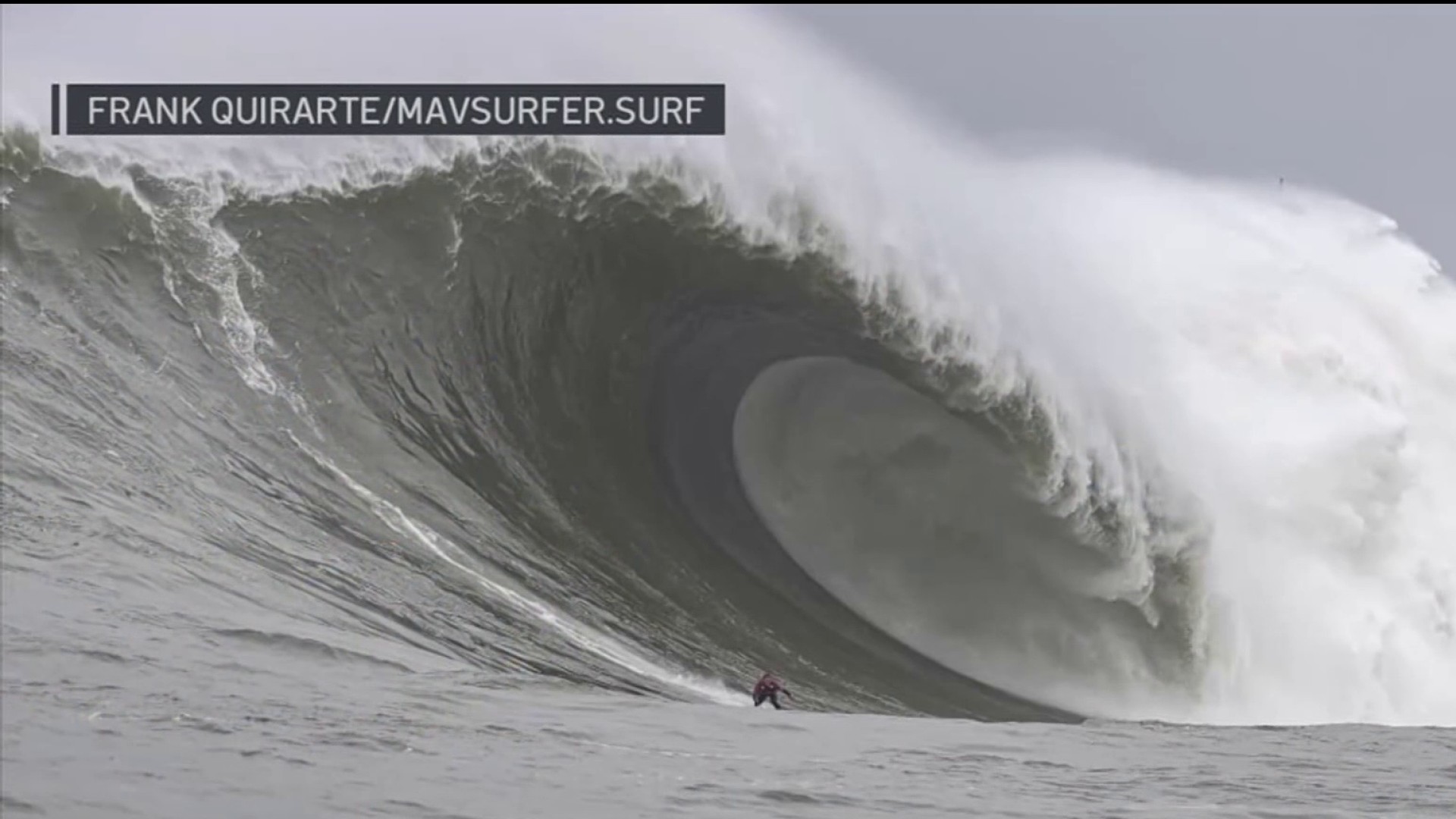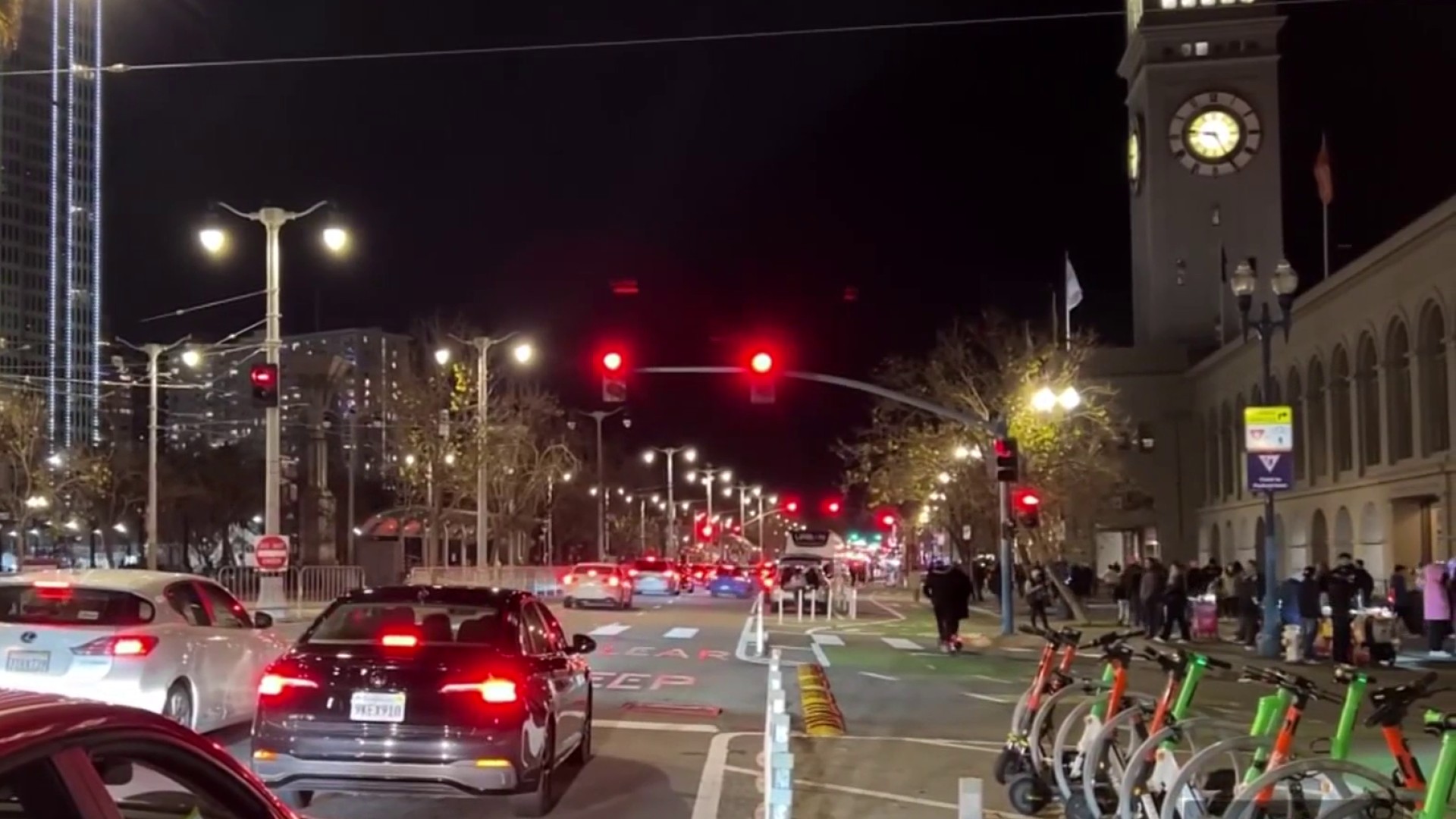With a forecast that suggests the Bay Area is about to see the hottest days it's seen this year, PG&E said it's prepping to make sure the lights stay on and fire risk around its lines stays low.
At the 24/7 operation at the Hazard Awareness and Warning Center in San Pablo is where PG&E identifies and tracks any potential weather dangers using early detection -- including tools like AI -- to identify a hazard as quickly as possible.
“The sooner you address the incident the less the impact. So, by being able to put crews on fires faster, that impact is reduced and therefore people's lives can be saved,” said Jim Ridway, senior manager of the Hazard Awareness and Warning Center.
Reducing wildfire risk and strengthening the electric grid is the goal. As we approach the hotter months the utility believes two years of rain and no drought conditions will make for lower fire dangers through July, but explains the risk goes back to normal in August.
“Compared to a normal year in California, the risk is a little bit lower,” Scott Strenfel, PG&E senior director of meteorology and fire science. “We are taking this with a grain of salt because I know it just takes one extreme weather event to cause catastrophic outcomes.”
And potentially more good news -- the utility says public safety shut offs are likely to happen less often thanks to new technology that can de-energize only impacted parts of the system.
Local
Last year, PG&E had to cut service twice impacting 5,000 people.
Compare that to 2019 when over 2 million people were left in the dark across nine public safety power shutoffs.
Get a weekly recap of the latest San Francisco Bay Area housing news. >Sign up for NBC Bay Area’s Housing Deconstructed newsletter.
The utility says burying hundreds of power lines, installing stronger poles and using high definition cameras and wildfire risk systems is also helping.
“This is dynamic, so we can understand what the risks is if we ignite a fire at 3 p.m. in the afternoon versus at 8 a.m.,” Scott Purdey, PG&E metrological analyst said.
PG&E says fire crews are also ready to better protect power poles this season by responding to wildfire areas and treating poles before the fire gets to them.
“By doing that when the fire impacts the pole, the pole is saved and therefore people can evacuate. The roadway is not blocked, firefighters can come in. Then when they are ready to restore power, the infrastructure is all ready to go, there is no delay,” Mike Martin of PG&E’s safety infrastructure protection, said.
A combination of improved tech and planning the utility hopes will protect power and people.
“We do see positive signals in the forecast here however, if there is a need to take action we will be ready to take action to protect our communities,” Strenfel said.



